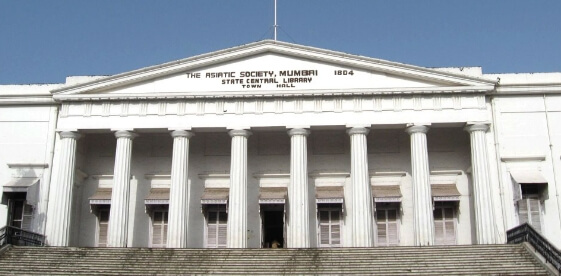
The Asiatic Society, Mumbai
The Asiatic Society of Mumbai is one of the oldest non-governmental institutions in Mumbai. It was set up on 26th November, 1804, by Sir James Mackintosh, the Recorder or King’s Judge for Bombay (as it was then called) to promote useful knowledge connected with India. In this venture, Sir James Mackintosh was inspired by Sir William Jones who had established the Asiatic Society of Bengal, two decades earlier. After its incorporation in 1830 with Royal Asiatic Society of Great Britain and Ireland, it was denominated the Bombay Branch of the Royal Asiatic Society in 1954, it was renamed the Asiatic Society of Bombay. It was renamed ‘The Asiatic Society of Mumbai in 2002. The Society is a Public Charitable Trust under the jurisdiction of the Charity Commissioner. It is registered under the Mumbai Public Trusts Act, 1950. The Hon’ble Governor of Maharashtra is the ex-officio Chief Patron of the Society. The aims and objectives are as below:
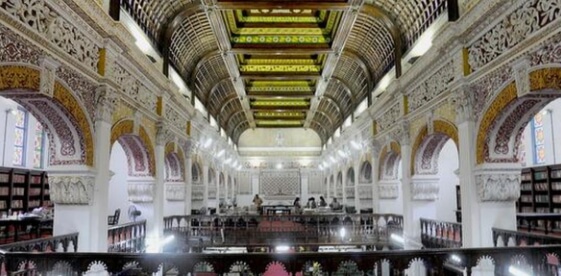
Connemara Public Library (CPL), Chennai
Connemara Public Library is at Egmore in Chennai, Tamil Nadu, India. This is one of the oldest libraries in the country. This library is one of the four National Depository Libraries which receive a copy of all books, newspapers and periodicals published in India under the provisions of Delivery of Books and Newspapers (Public Libraries) Act, 1954 and amended in 1956.
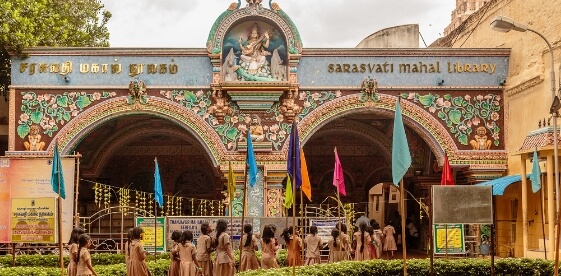
Thanjavur Maharaja Serfoji's Sarasvati Mahal Library
Thanjavur is renowned for her great art, culture and literature for over ten centuries. Successive generations of the Chola, the Nayaks and the Marathas have enriched its cultural heritage. The Cholas contributed their magnificent temples, sculptures and paintings to enrich the culture of the Tamil. The Brihadeshwara Temple is the symbol of the patronage of art by the Chola dynasty.
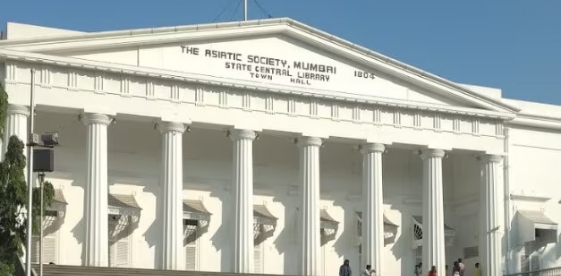
State Central Library, Mumbai
The Central Library was established on 26th June, 1947 under the Privatemanagement of Asiatic Society of Bombay on the recommendation of the LibraryDevelopment Committee, which was appointed under the chairmanship of Shri. A. A.A.Fyzee by the Government of Bombay in 1939-40.
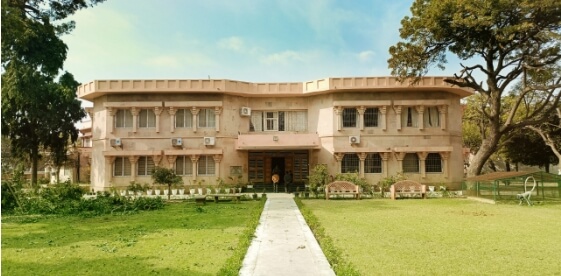
Vrindaban Research Institute, Vrindavan (Mathura)
The Vrindavan Research Institute (VRI) was founded by Dr. Ram Das Gupta on an auspicious occasion of Bihar Panchami (Prakatya diwas of Lord Thakur Shri Bankey Bihari Ji) 24th November, 1968. The VRI has successfully completed 55 years of its work since establishment.
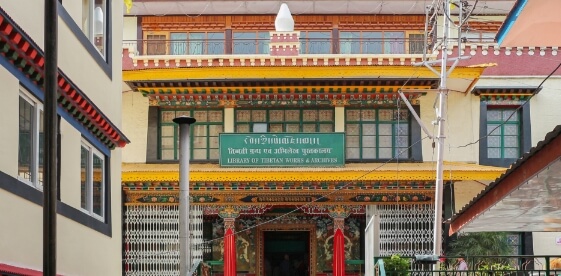
Library of Tibetan Works and Archives (LTWA), Dharamshala
The LTWA set up in the year 1970 in Dharamshala is a non-governmental organisation. The aims of the LTWA are to acquire and conserve Tibetan books and manuscripts, to provide intensified reference service and to act as a reference center for Tibetan manuscripts, painting and objects of art. The main activities of the library are to provide research facilities, act as a reference center through collection of all manuscripts, texts, documentation and written materials to run regular courses on Buddhist Philosophy and Tibetan tradition wood carving and Tagka paintings make films and document all aspect of Tibetan Civilization under its Oral History Project, publish and reprint Tibetan texts, research papers, translation of important Tibetan works including Tibetan Journal and Tibetan Medicine Service and conduct lectures and seminars from time to time.
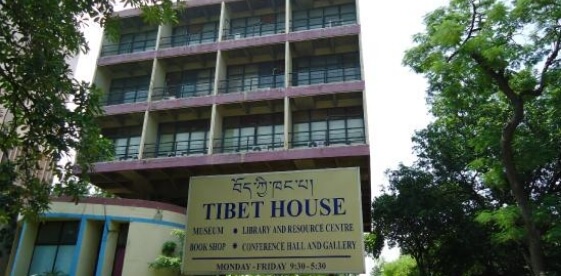
Tibet House, New Delhi
The Tibet House, New Delhi, a Charitable Society set up by his Holiness the Dalai Lama in 1965, is a regular grantee under this Department’s scheme of Financial Assistance for the Development of Buddhist/Tibetan Organization. The main aims and objectives of the Tibet House are to promote, Preserve and protect the Tibetan Culture, encourage the exchange of ideas and techniques between Tibetan and non Tibetan artists and craftsmen, to assist the Tibetan artists and craftsmen, to educate Tibetan in Indian History and Indian way of life, etc. and to promote and revive the various classical and folk dances, music, art and crafts etc.
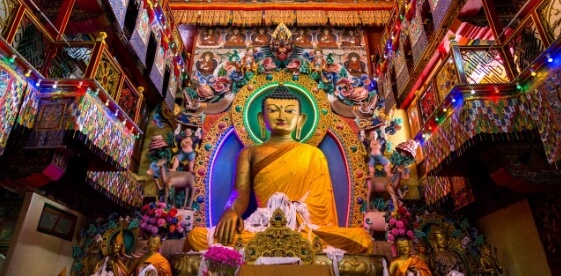
Tawang Monastery, Arunachal Pradesh
Tawang Monastery is one the oldest and largest Monastic institution in the North-East India. It was established in the 17th Century. It has about 300 monks, about 150 of whom are students. In 1972, the Prime Minister, Smt. Indira Gandhi, paid a visit to the Monastery at the invitation of the then Abott of the Monastery, Ven. Rigya Rinpoche. At her inspiration, a school was started by the Monastery for educating the monks. Some seed money was also given by the Government of India for it. The School started functioning since 1977. It has been re- christened as Centre for Buddhist Cultural Studies (CBCS, Tawang Monastery)
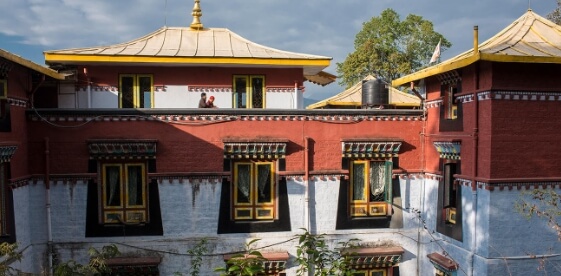
Namgyal Institute of Tibetology (NIT), Gangtok
The Namgyal Institute of Tibetology (NIT), Gangtok is an autonomous organization under the State Government of Sikkim and was set up in 1958 for research and studies in Tibetology. The Institute has done significant work in promoting research in Chho (Tibetan of Dharma) and of associated subject like Iconography, medicine, astrology, history etc. It undertakes special research and publication programmes. It publishes quarterly journal, a bulletin on Tibetology conversing the history, art, and culture of Tibet. It also provides research facilities to scholars in Tibetology and allied subjects.
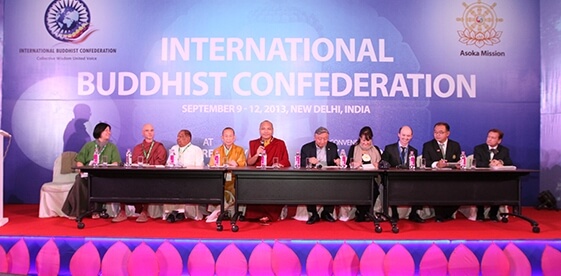
International Buddhist Confederation (IBC), New Delhi
International Buddhist Confederation (IBC), New Delhi was conceived in August 2011, at an International Workshop in New Delhi, where 28 delegated from 11 countries unanimously agreed on the need to form a new international Buddhist umbrella body that would serve as a common platform for Buddhists worldwide.




